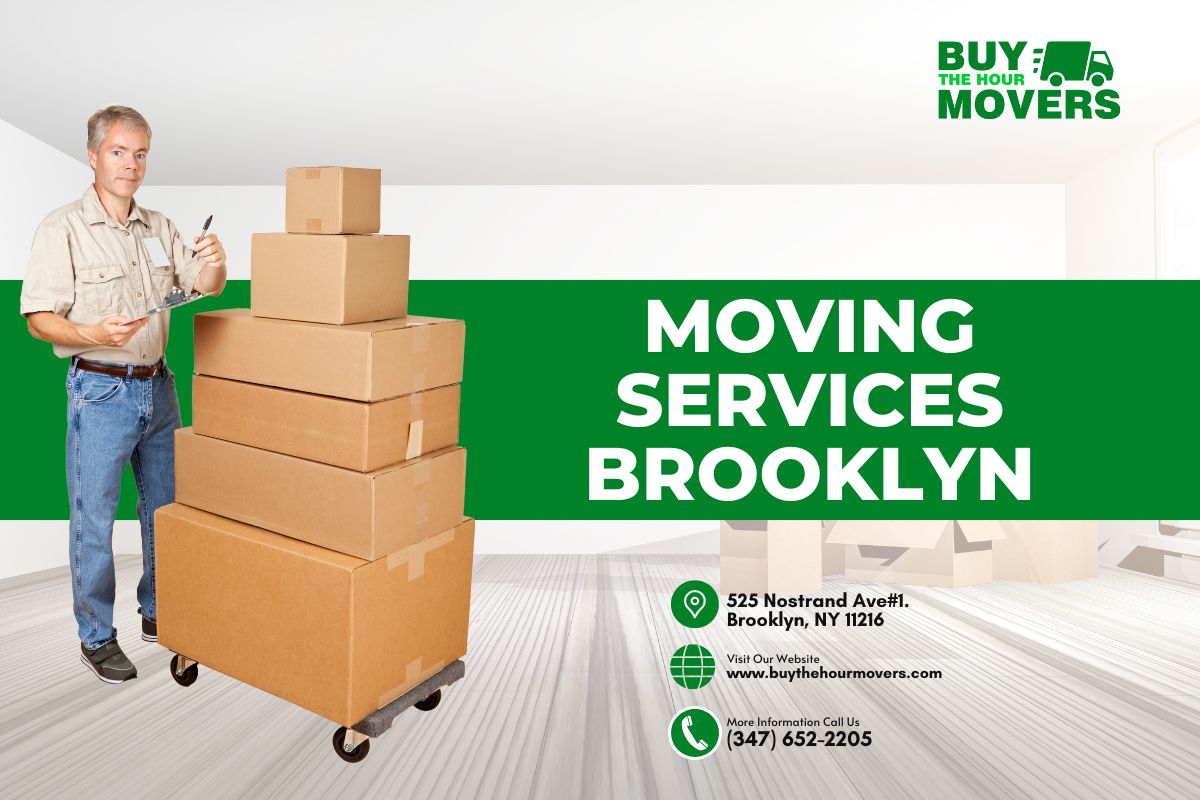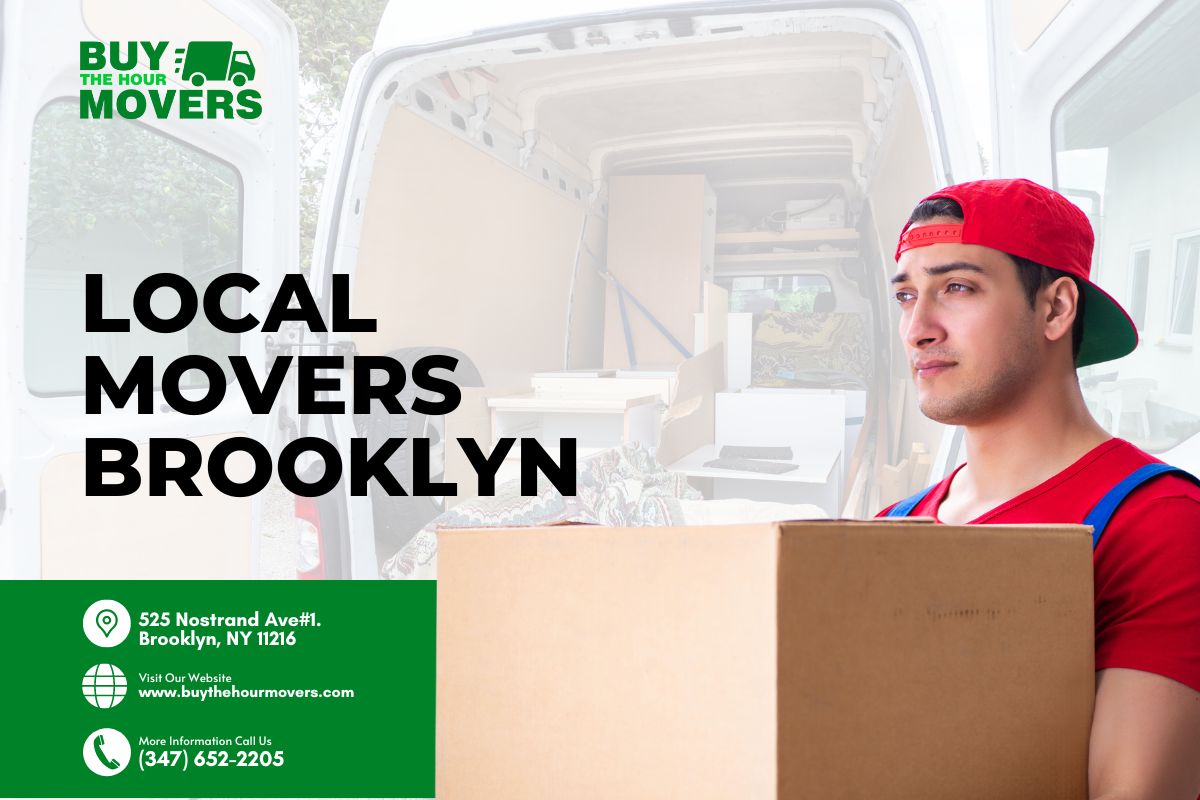

Introduction
Moving to a new home can be an exciting yet challenging experience. Whether you're relocating within Brooklyn or moving from another city, the process of packing and organizing your belongings can feel overwhelming. However, with proper planning and organization, you can make the move smoother and more efficient. In this article, we will provide you with expert tips on how to pack and organize your belongings for a residential move in Brooklyn.
Table of Contents
Choosing a Local Moving Company Creating a Moving Checklist Gathering Packing Supplies Decluttering Before the Move Packing Room by Room Labeling Boxes Protecting Fragile Items Disassembling Furniture Organizing Important Documents Managing Electronics and Cables Packing Clothing and Accessories Securing Valuables and Jewelry Handling Kitchenware and Appliances Transporting Plants Preparing for Pet Relocation Arranging Utilities and Services at Your New Home Cleaning Your Current Residence Informing Others of Your Change in Address Safely Moving Hazardous Materials Moving Day Logistics Unpacking and Setting Up Your New Home Hiring Professional Organizers Staying Organized During the Move Tips for a Smooth Transition to Your New Neighborhood Conclusion1. Choosing a Local Moving Company
When it comes to local moving in Brooklyn, it's crucial to hire a reliable and reputable local moving company. Look for a local moving company in Brooklyn that has positive reviews, affordable rates, and experience in handling residential moves.
2. Creating a Moving Checklist
To stay organized during your move, create a detailed moving checklist. List down all the tasks that need to be completed before, during, and after the move. This will help you prioritize tasks and ensure nothing gets overlooked.
3. Gathering Packing Supplies
Before you start packing, gather all the necessary packing supplies such as boxes, tape, bubble wrap, packing paper, and markers. It's better to have more supplies than less to avoid last-minute scrambling.
4. Decluttering Before the Move
Take this opportunity to declutter your belongings before you pack them up. Sort through your items and decide what to keep, donate, or discard. This will not only reduce the number of items you need to pack but also make unpacking at your new home easier.
5. Packing Room by Room
To make the packing process more efficient, pack one room at a time. Start with the least used rooms and gradually move towards the more frequently used areas. This will help you stay organized and prevent items from getting mixed up.
6. Labeling Boxes
Labeling boxes is essential for easy identification and unpacking. Use a permanent marker to write down the contents of each box and the room it belongs to. This will save you time and effort when unpacking at your new home.
7. Protecting Fragile Items
When packing fragile items, use bubble wrap, packing paper, or foam peanuts to provide cushioning and protection. Wrap each item individually and secure them properly in sturdy boxes.
8. Disassembling Furniture
If possible, disassemble large furniture pieces before the move. This will make them easier to transport and reduce the risk of damage during transit. Keep all the screws, bolts, and other hardware in labeled bags for easy reassembly.
9. Organizing Important Documents
Keep all your important documents such as passports, birth certificates, medical records, and financial papers in a separate folder or box. Keep this box with you during the move to avoid misplacing or losing these crucial documents.
10. Managing Electronics and Cables
Before packing electronics, take photos of their cable connections for easy setup at your new home. Bundle cables together using zip ties or cable organizers to prevent them from tangling.
11. Packing Clothing and Accessories
Use vacuum-sealed bags or wardrobe boxes to pack your clothing and accessories efficiently. Vacuum-sealed bags will reduce the amount of space they occupy, while wardrobe boxes will keep your clothes wrinkle-free during transit.
12. Securing Valuables and Jewelry
For valuable items such as jewelry or sentimental objects, consider keeping them with you during the move. Pack them in a separate bag or box and transport them safely to your new home.
13. Handling Kitchenware and Appliances
Wrap fragile kitchenware in packing paper or bubble wrap and pack them securely in sturdy boxes. Empty and defrost your refrigerator and freezer at least 24 hours before the move to prevent leaks.
14. Transporting Plants
Moving plants can be tricky, as they require special care. Research the proper way to transport your specific plants and ensure they are packed securely to avoid damage.
15. Preparing for Pet Relocation
If you have pets, make sure to prepare them for the move as well. Update their microchip information, gather their essential supplies, and consider booking a pet-friendly hotel if you're traveling a long distance.
16. Arranging Utilities and Services at Your New Home
Before moving into your new home, contact utility companies to arrange for essential services such as electricity, water, and internet. This will ensure a smooth transition when you arrive at your new residence.
17. Cleaning Your Current Residence
Don't forget to clean your current residence before leaving. This will not only leave a good impression on the next occupants but also help you get back any security deposits you may have paid.
18. Informing Others of Your Change in Address
Notify important parties such as banks, credit card companies, healthcare providers, and government agencies about your change of address. This will ensure that you receive important mail and avoid any disruptions in services.
19. Safely Moving Hazardous Materials
Certain items such as cleaning supplies, paint cans, or propane tanks are considered hazardous materials and require special handling during a move. Check with your local moving company about their policies regarding the transportation of hazardous materials.
20. Moving Day Logistics
On moving day, ensure that all pathways are clear for the movers and that there is ample parking space for the moving truck. Consider reserving parking spots if necessary, especially in busy areas of Brooklyn.
21. Unpacking and Setting Up Your New Home
When you arrive at your new home, start by unpacking essential items such as bedding, toiletries, and kitchen supplies. This will allow you to settle in comfortably while gradually unpacking the rest of your belongings.
22. Hiring Professional Organizers
If you find the process of unpacking and organizing overwhelming, consider hiring professional organizers to assist you. They can help you maximize space, create efficient storage systems, and ensure everything has a designated place.
23. Staying Organized During the Move
Throughout the moving process, it's important to stay organized. Keep your moving checklist handy and cross off completed tasks. Use color-coded labels or folders to easily identify important documents or boxes.
24. Tips for a Smooth Transition to Your New Neighborhood
Once you've settled into your new home in Brooklyn, take time to explore your new neighborhood. Introduce yourself to neighbors, find local amenities such as grocery stores and healthcare facilities, and familiarize yourself with public transportation options.
Frequently Asked Questions
Q: How do I find reliable local movers in Brooklyn?
A: To find reliable local movers in Brooklyn, start by asking for recommendations from friends, family, or real estate agents. You can also search online for local moving companies with positive customer reviews and affordable rates.
Q: How far in advance should I start packing for my residential move?
A: It's recommended to start packing at least a few weeks in advance of your move date. This will give you enough time to sort through your belongings, declutter, and pack systematically without rushing.
Q: Should I purchase packing supplies or use recycled materials?
A: While using recycled materials can be cost-effective, it's advisable to invest in proper packing supplies. Sturdy boxes, bubble wrap, and packing paper provide better protection for your belongings during the move.
Q: How can I ensure the safety of my fragile items during the move?
A: To ensure the safety of fragile items, use appropriate packing materials such as bubble wrap, packing paper, or foam peanuts. Pack them securely in sturdy boxes and label them as fragile to alert the movers.
Q: Is it necessary to hire professional organizers for unpacking?
A: Hiring professional organizers is not necessary, but it can greatly simplify the unpacking process and help you create an organized living space. They can provide valuable insights on maximizing storage and creating efficient systems.
Q: What should I do if there are changes in my moving plans?
A: If there are changes in your moving plans, such as a new move date or a change in address, notify your local moving company and update your moving checklist accordingly. Communicate any changes to utility companies and other relevant parties.
Conclusion
Moving to a new residence in Brooklyn can be made easier with proper planning and organization. By following these expert tips for packing and organizing your belongings, you can minimize stress and ensure a smooth transition. Remember to start early, declutter before packing, label boxes properly, protect fragile items, and hire reliable local https://www.google.com/search?q=Buy+The+Hour+Movers+Brooklyn+-+Moving+Company+Brooklyn&ludocid=17305308724997595217&lsig=AB86z5WOAHXawO-bz3vWfacXJsww movers in Brooklyn. With careful preparation and execution, your residential move will be a successful and enjoyable experience.